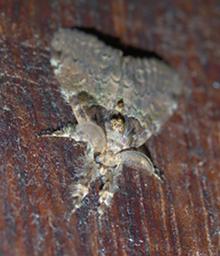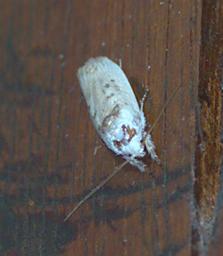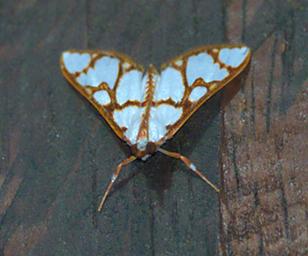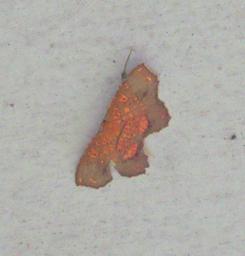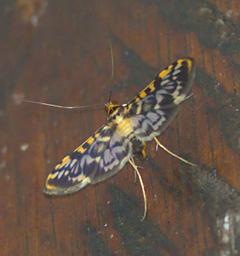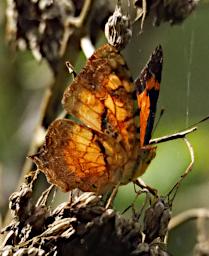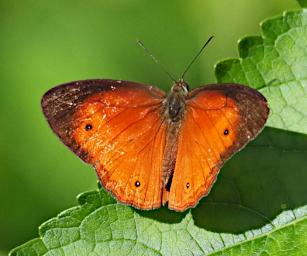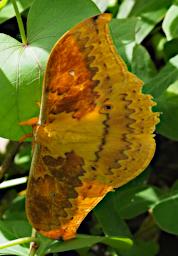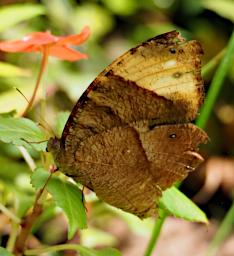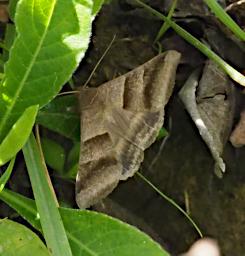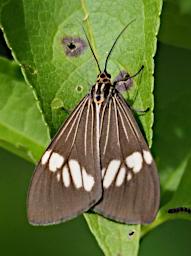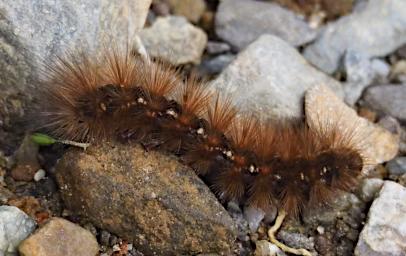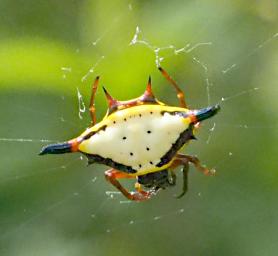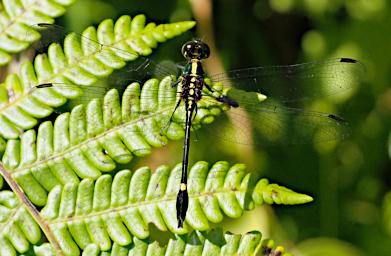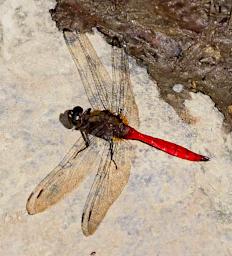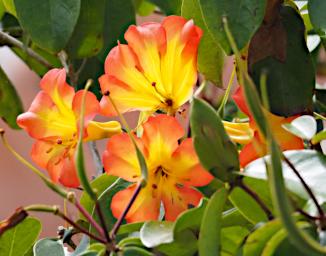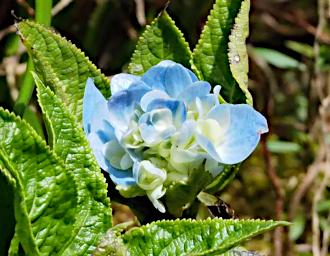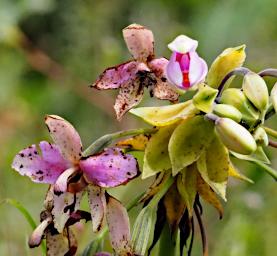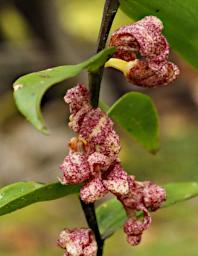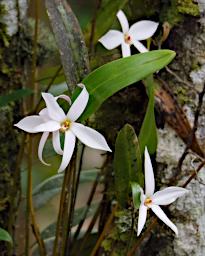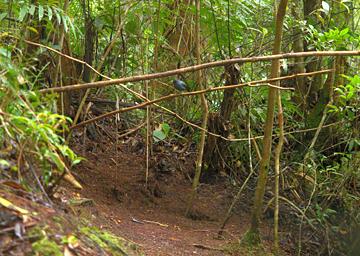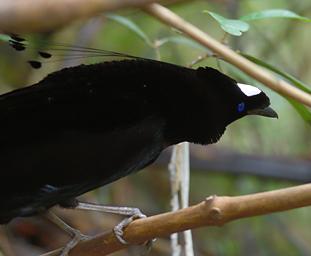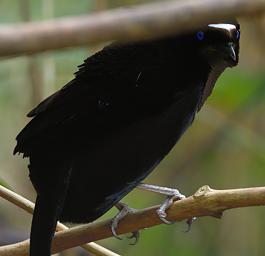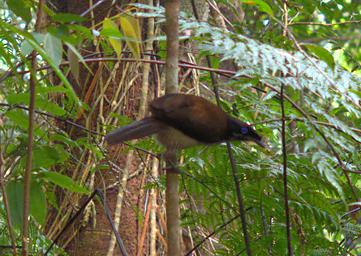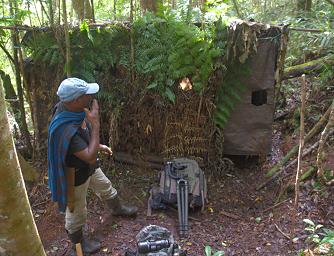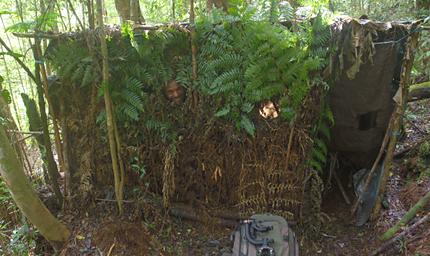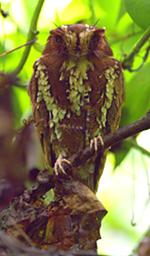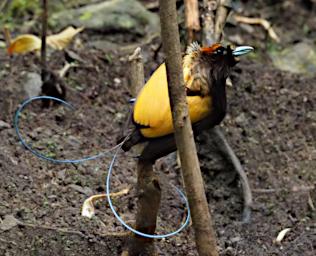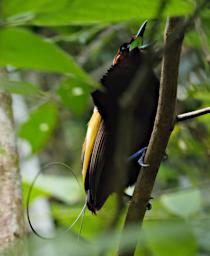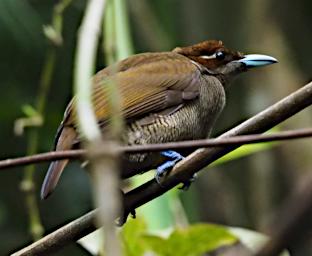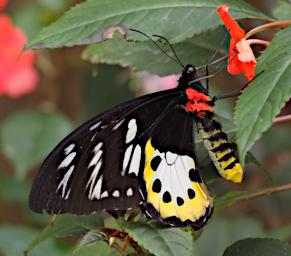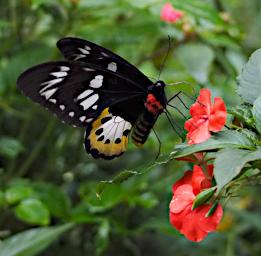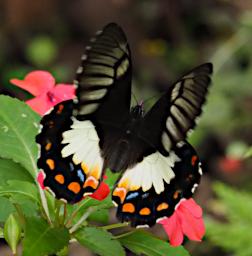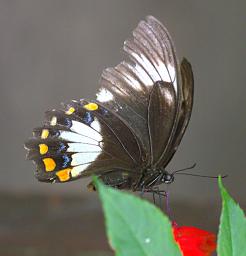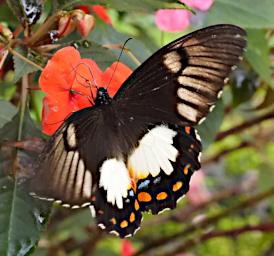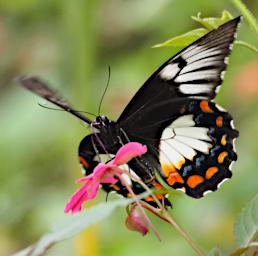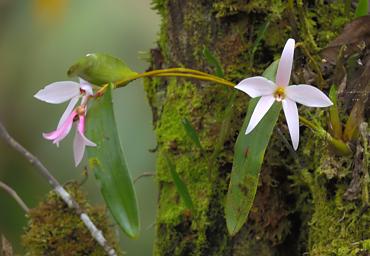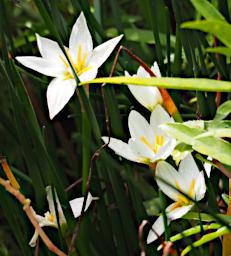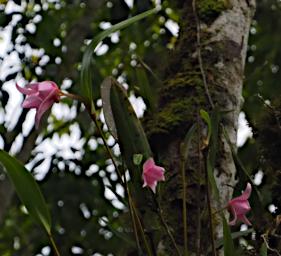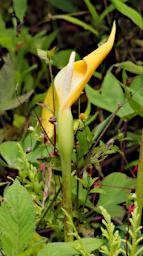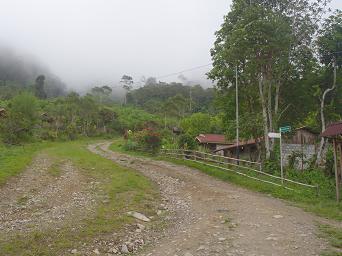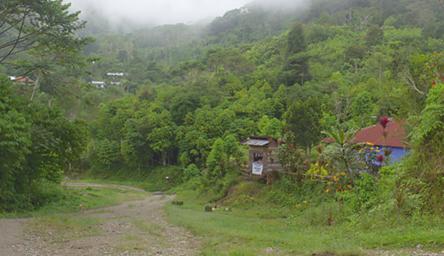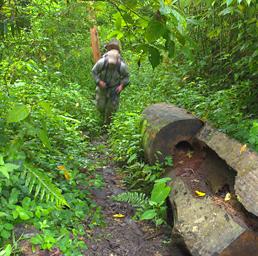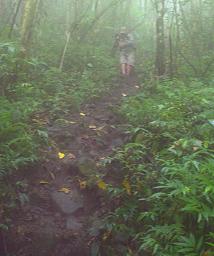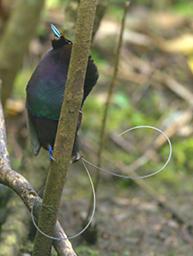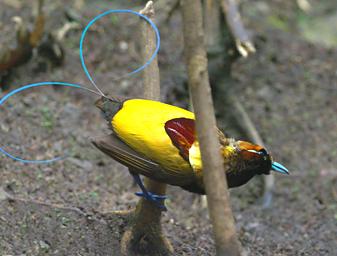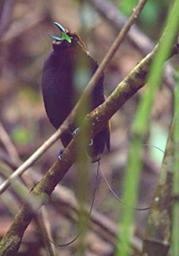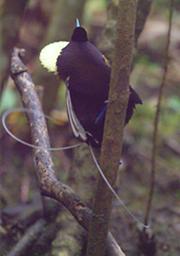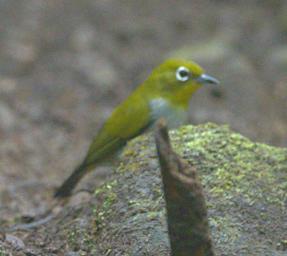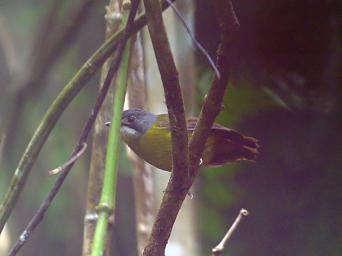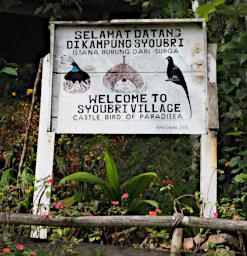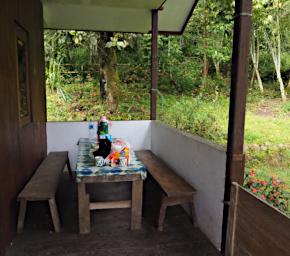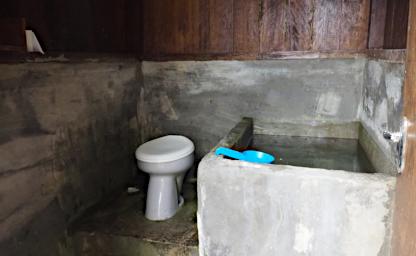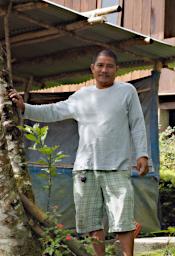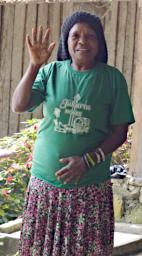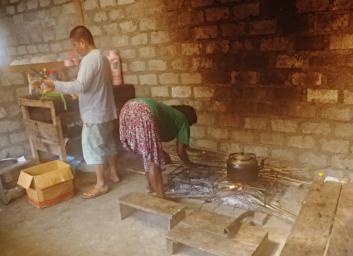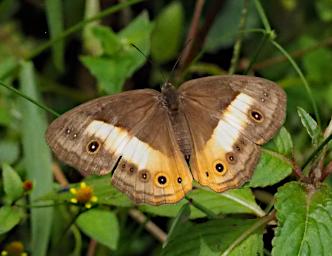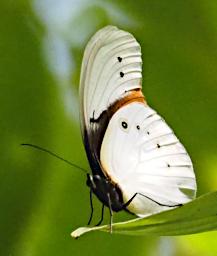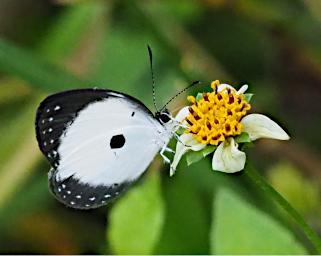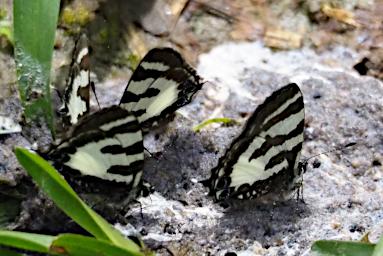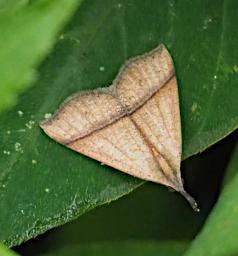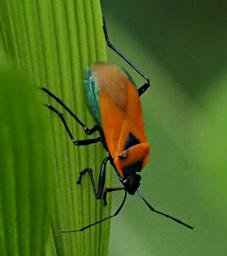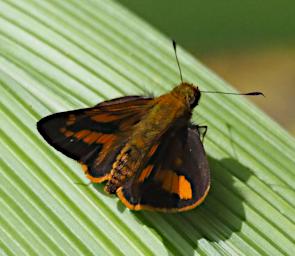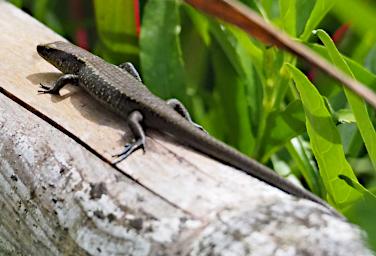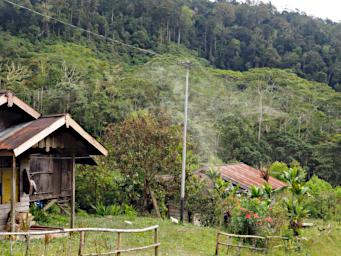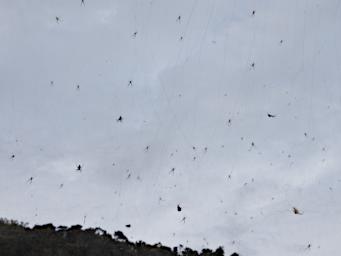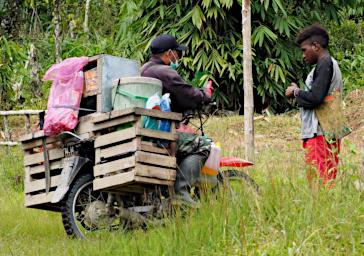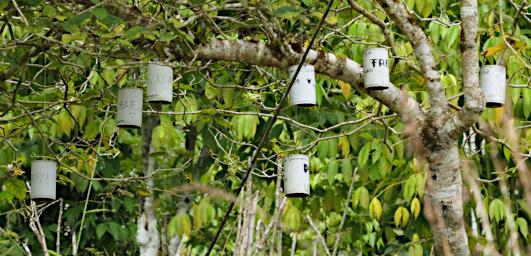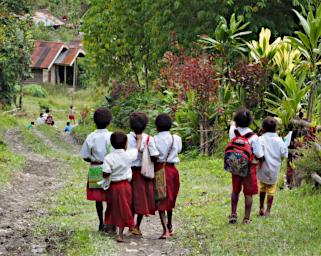Birding around Syoubri Village in West Papua, Indonesia
Mid-Elevation in the Arfak Mountains
September 2017
Click on any image for a larger view;
Contact garya at this domain if you would like the high quality image for printing
Our driver had never been to Zeth's village, Syoubri, before, so he was unfamiliar with the side road which lead to it off the main road. It was an impressive drive from my perspective standing behind the cab and holding on. The side of the road seemed to be missing in places, and in another place it was a steep drop into a creek we had to cross. After the last turn we headed up a muddy two-track towards our lodging. Our driver went as far as he could, but his monster mud wheels started spinning and digging in despite being in 4WD so he quit. Fortunately, we were only one house below where we belonged.
We piled out, said hello to Zeth's crew in the village, and settled in. They cooked us up some dinner which we ate at our table under the outside porch. Afterwards we surveyed our surroundings, which consisted of a wide variety of bugs on the wall.
The camouflage on some of the butterflies was outstanding. Despite some of their bright colors, you wouldn't notice them until they moved. Others blended in particularly well because their colors matched their surroundings perfectly.
There was one pretty intimidating looking wasp-like bug I really didn't want to mess with, and some cool spiders. Dona found a dragonfly that was so clear it almost didn't exist.
Dona spent a lot of time chasing bugs, butterflies and flowers, with good success. Some pretty crazy looking flowers, one with an almost unheard of cyan color. Another was so weird looking it had to be an orchid.
The next morning Zeth showed Ram and me up to a blind for the Western Parotia. While it doesn't have it in its name, the Parotia is a Bird-of-Paradise. It is one black bird, virtually impossible to focus on except for the eye. The male has these really cool long pom-pom crest feathers he can do tricks with, and a skirt he can fluff out like a ballet dancer. When a female shows up he fluffs out his skirt and wags his head side to side throwing his pom-poms around, like this. Unfortunately, he barely danced for us, and it was so dark we couldn't see all of the action when he did. But he's still a pretty cool bird!
Zeth came back in a few hours to see how we did and hike back with us. On the way back he rummaged around in the bush and came up with a Feline Owlet Nightjar.
Meanwhile Mehd had taken Dona to a hide for the Magnificent Bird-of-Paradise. This guy has all sorts of tricks he performs — he has a crazy curled wire-like tail he wags around, a flashy crest he throws up, and the inside of his mouth is a brilliant fluorescent green. In addition to pictures, she got some video.
Magnificent Bird-of-Paradise
When we got back there were numerous butterflies wandering around; one was close to gigantic. It was so large when I first glimpsed it out of the corner of my eye I thought it was a bird.
I just noticed the street sign in the left image below. It says "Kampung Kwau", that-a-way. Kampung (Village) Kwau is a larger village, advertised as a bird-watching destination in the Arfak mountains. There is a paper on ecotorism in this area that mentions both villages, but it's mostly in Bahasa Indonesian so I couldn't read it.
Toward the end of the day Ram and I went to the hide for the Magnificent Bird-of-Paradise. A pretty amazing bird, that one. It looks a lot like a Wilson's Bird-of-Paradise which we saw in Waigeo, although not quite as spectacular color-wise. The Magnificent is missing the bright red back, but the inside of his mouth is one cool green! His bright blue tail wires are pretty cool too.
The next day Ram, Mehd, Zeth and I hiked up to the "German Camp" higher on the mountain. It is a camp informally named after its first occupants, from a German expedition over a decade ago. Dona was concerned the steep, muddy, rocky trail would be hard on her knees and hips, so she spent the day in the village.
Our lodgings were not fancy, but they were adequate. We slept well. The toilet worked; it was a "hand flush" by dipping from a water trough. What we would have liked the most was a cheery warm fire, due to all the rainy, misty weather.
On her walks around the village, Dona got an up-close view of the huge communal spider webs that are found in the area. They would cover an entire building, and stretch from the top of a power pole to another building or the ground.
Next: Birding around German Camp
- Gary's home page
- Years of stuff Index
- Summer 2017 index
- Southwest Australia and West Papua, Indonesia
- West Papua, Indonesia (Main Page)
- Waigeo
- Lowland Arfak Mountains
- Around Syoubri Village in Arfak Mountains
- German Camp in Arfak Mountains

